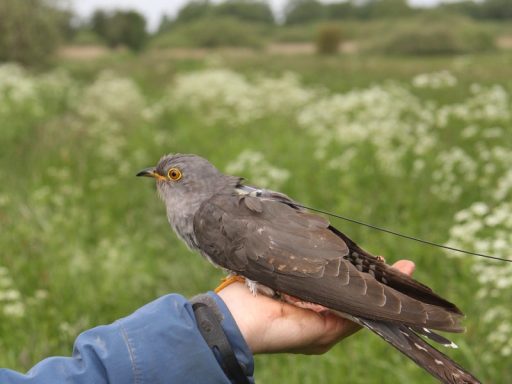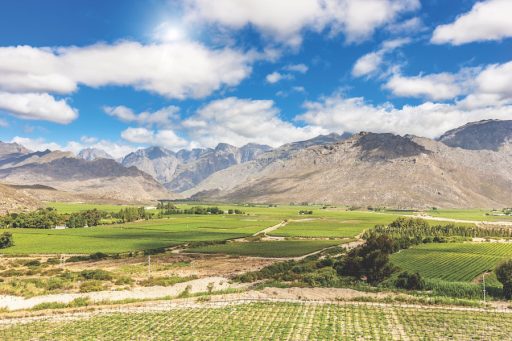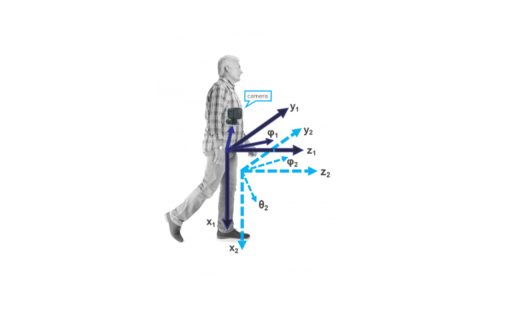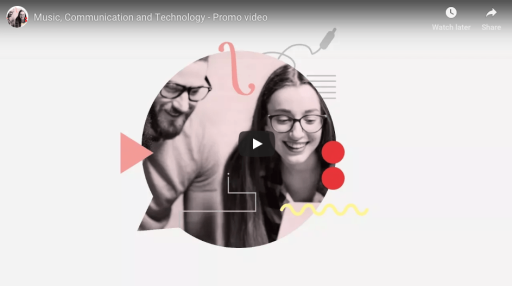When Queen Mary University of London looked to open a branch campus in Malta, its priority was to ensure that the experience of students based in Malta would be comparable with students based in the UK (but perhaps with more sunshine).
Researchers at the University of California San Diego used satellite images from multiple sources to map and understand city growth patterns in India, with the help of computers trained to distinguish types of growth. The technology is also being used to identify refugee camps and schools in Africa.
How is this even possible? A cuckoo carrying a tiny transmitter signalling to a satellite and allowing researchers to track its 16,000-kilometre, ten-month-long loop migration from Scandinavia to Central Africa and back.
Eduroam is expanding across countries and beyond campuses to support mobility for academics, students and researchers globally, with Tajikistan being among the latest country to join the eduroam family.
In South Africa, a major milestone has been reached with the completion of the University of Cape Town segment of the Rural Campuses Connection project, part of a national initiative to connect the country’s rural research facilities.
Observations from the “Internet of things”, such as intelligent cars, phones, buildings and personal weather stations added to the mix can provide detailed information on local to hyper-local meteorological phenomena.
Researchers in the United States are developing intelligent devices that predict and prevent deadly falls among the elderly by using machine learning.
What is the connection between a pig from Norse mythology and the Swedish plans for Total Defence in case of war?
Two Norwegian universities have launched a joint master programme training musical and artistic collaboration over the Internet, with super-fast connectivity linking two experimental labs, 500 km apart.









